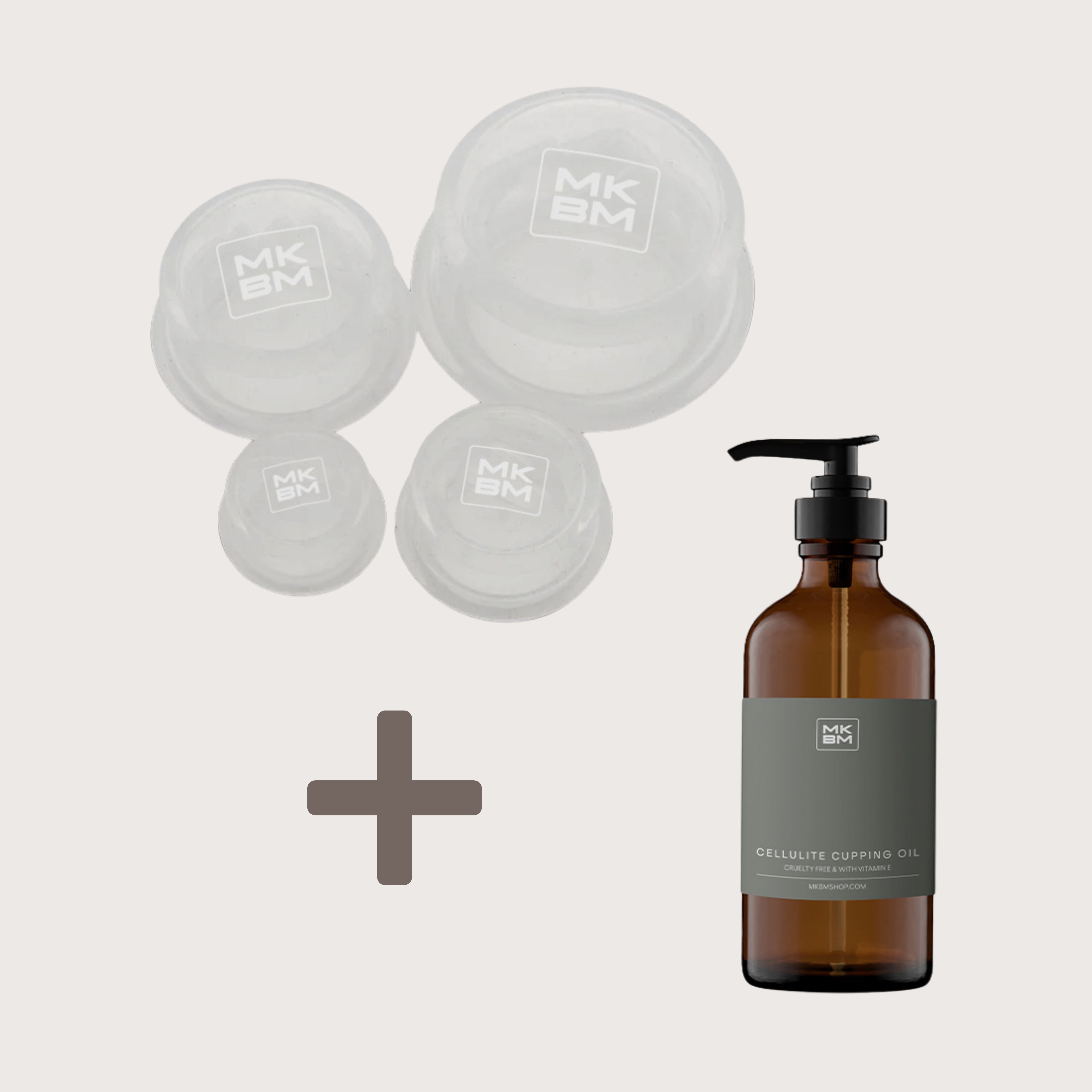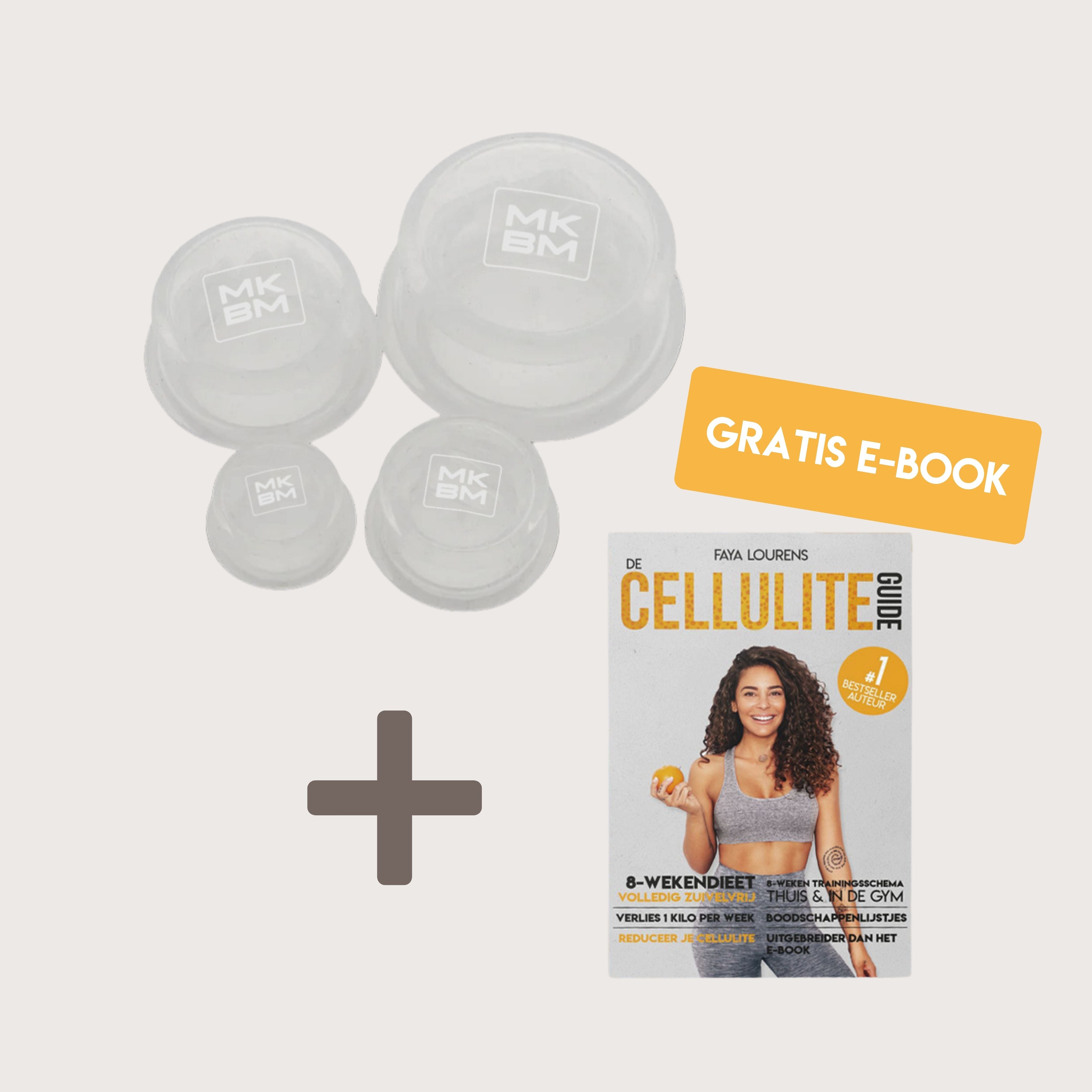Cellulite en cellulitis. Twee termen die vaak worden verward, maar eigenlijk totaal verschillend zijn. In deze blog duiken we dieper in de definitie van beide termen, het verschil ertussen en hoe we als vrouwen een positieve kijk kunnen hebben op ons eigen lichaam, ongeacht of we cellulite hebben of niet.
Wat is cellulite en wat is cellulitis?
Cellulite verwijst naar het verschijnen van putjes en bultjes op de huid, vooral op de heupen, dijen en billen. Dit 'sinaasappelhuid' effect ontstaat wanneer vetcellen tegen het bindweefsel onder de huid drukken. Hoewel volledig ongevaarlijk, kan het een cosmetisch probleem zijn voor sommige vrouwen.
Cellulitis daarentegen is een bacteriële infectie van de huid en onderliggende weefsels. Het uit zich als rode, gezwollen, warme en pijnlijke huid. Cellulitis vereist medische aandacht en behandeling. Raadpleeg altijd een arts voor advies over cellulitis.
Cellulite en vrouwen: de cijfers
Er wordt geschat dat maar liefst 80 tot 90% van de vrouwen op enig moment in hun leven cellulite zal ervaren. Dit betekent dat cellulite als normaal en natuurlijk wordt beschouwd. Hormonale factoren, genetica, leeftijd en huidstructuur spelen allemaal een rol bij de ontwikkeling van cellulite.
Van zelfkritiek naar zelfacceptatie
Hoewel veel vrouwen cellulite hebben, wordt het vaak als ongewenst weergegeven in de media. Deze perceptie kan leiden tot schaamte en een negatief zelfbeeld, maar het is essentieel om te begrijpen dat ieder lichaam uniek is en schoonheid niet wordt gedefinieerd door een gladde huid.
Als vrouwen is het cruciaal om naar ons lichaam te kijken vanuit zelfverzekerdheid. Met die positieve houding, als je besluit je cellulite te verminderen, zijn er verschillende benaderingen om te overwegen:
Voeding
Voeding speelt een cruciale rol bij de vorming en het beheer van cellulite. De sleutel is om gezonde collageenproductie te bevorderen. Voedingsmiddelen die kunnen helpen bij het verminderen van cellulite zijn onder andere:
- Voedingsmiddelen rijk aan antioxidanten: Vitamines C en E hebben antioxiderende eigenschappen. Vitamine C draagt bij aan de collageenvorming, wat essentieel is voor de huid, terwijl vitamine E goed is voor het behoud van gezonde cellen en weefsels. Citrusvruchten, aardbeien, paprika's, noten en zaden zijn goede bronnen.
- Vis: Vette vis is een bron van vitamine A, die helpt de huid van binnenuit te verzorgen en de huidherstel te ondersteunen. Vis bevat vaak ook zink, wat bijdraagt aan een normale hormoonbalans. Merk op dat de aanbevolen dagelijkse inname van zink voor vrouwen ouder dan 18 jaar 7 mg is.
Bovendien wordt aanbevolen om de inname van zuivel, suiker en alcohol te beperken of te vermijden.
Beweging
Het lichaam actief houden stimuleert de bloedcirculatie en de lymfestroom, wat essentieel is voor het verminderen van de zichtbaarheid van cellulite.
- Krachttraining: Met krachttraining kunnen je spieren groeien, waardoor je spiertoon krijgt, wat de huid strakker en gladder maakt.
- Cardio: Het verhoogt de hartslag en de bloedcirculatie, waardoor gifstoffen uit het lichaam worden gespoeld. Een goed voorbeeld is touwtjespringen.
Cupping
Cupping is een oude therapie die de afgelopen jaren weer in populariteit is toegenomen voor de behandeling van cellulite. Het zuigeffect van cupping kan helpen om verklevingen los te maken en de bloedstroom in het gebied te stimuleren, waardoor het gemakkelijker wordt voor gifstoffen om te worden geëlimineerd. Dit is vergelijkbaar met het effect van bindweefselmassage. Regelmatig cuppen kan de huid elastischer maken en de zichtbaarheid van cellulite verminderen.
Samengevat, door de juiste voeding, regelmatige lichaamsbeweging en behandelingen zoals cupping te combineren, kun je proactief werken aan het verminderen van de zichtbaarheid van cellulite. Het is echter belangrijk om te onthouden dat cellulite natuurlijk en normaal is, en het nastreven van een gezondere levensstijl zou meer moeten zijn dan alleen een cosmetische overweging.



